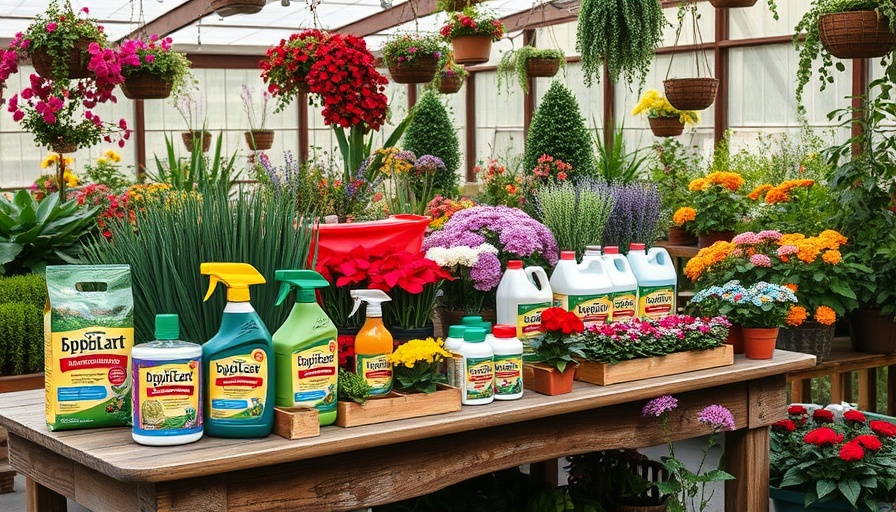
Get Your Lawn Ready for a Lush Spring
As autumn reveals its stunning colors, it’s time for homeowners in Muskegon to consider fall lawn care as a vital part of their landscaping routine. Think of this season as your lawn's wellness retreat before the long winter. Performing a few simple tasks like aeration, dethatching, and specialized fertilizing will promote a vibrant green comeback in spring. Much like a spa day rejuvenates the body, these preparations ensure your lawn emerges stronger and healthier for the year ahead.
Aeration: Breathing New Life into Your Lawn
Aeration is one of the most effective ways to prepare your lawn for winter. This process, akin to giving your lawn a deep tissue massage, creates small holes in the soil to allow air, water, and nutrients to reach the grassroots. Compacted soil can stifle growth, akin to how tight clothing hinders proper movement. In Muskegon, it’s crucial to aerate at least once per year, preferably during the fall, to enhance root growth and resilience.
Dethatching: The Essential Exfoliation
Dethatching plays a crucial role in keeping your lawn free of harmful debris. This process involves removing the thick layer of thatch—an accumulation of dead grass, roots, and debris—preventing it from blocking moisture and nutrients. In fact, thick thatch can invite pests and diseases, putting your hard work at risk. If you find your lawn has a thatch layer over half an inch thick, it’s time for some serious exfoliation with either a specialized dethatching rake or machine.
The Right Fertilizer: Nutrients for the Season Ahead
Compost, worm castings, and organic fertilizers like compost tea are essential additions to your fall lawn care strategy. Autumn is the ideal time to nourish your grass and prepare it for a robust spring. Not only do these organic options enrich the soil with nutrients, but they also stimulate a thriving ecosystem of beneficial microbes, laying the foundation for a healthy lawn environment.
Timing: When to Fertilize for Maximum Impact
Even more critical than the type of fertilizer used is the timing of the application. Fertilizing about six weeks before the first expected frost is key to fostering strength without promoting excess growth, which can lead to vulnerability during the cold months. Opting for natural fertilizers such as aged manure ensures that your lawn stays vibrant and resilient against winter challenges.
Your Leaf Cleanup Strategy: Rake, Mulch, and Repeat
A proper cleanup before winter is just as crucial, ensuring that your lawn breathes and stays healthy. Remove any fallen leaves and debris to prevent fungal growth. Interestingly, leaves can serve as excellent mulch. They can be shredded, integrated into your compost, or used in flower beds, promoting nutrient recycling while keeping your lawn neat and tidy.
Local Resources: Finding Optimal Lawn Care Solutions in Muskegon
For those looking to maximize their fall lawn care, exploring options for lawn fertilization and weed control services near you in Muskegon can enhance results. Many local suppliers offer organic fertilizers and tailored advice on setting spreaders and application rates to ensure your lawn flourishes come spring. Look for companies that provide comprehensive services, from lawn aeration to pest control, to guarantee your hardworking lawn receives the best care throughout the season.
Take Action Now for a Vivid Spring Lawn
Now is the time to prepare for the lush and thriving lawn you desire in Muskegon. With fall lawn fitness, you're setting the stage for healthy growth as the seasons change. From aeration and dethatching to the correct timing of fertilization, taking these steps will ensure your lawn not only survives the winter but thrives in the spring. Seek out local resources to assist you in this journey, and let your lawn become the envy of the neighborhood!
 Add Row
Add Row 
 Add
Add 


Write A Comment